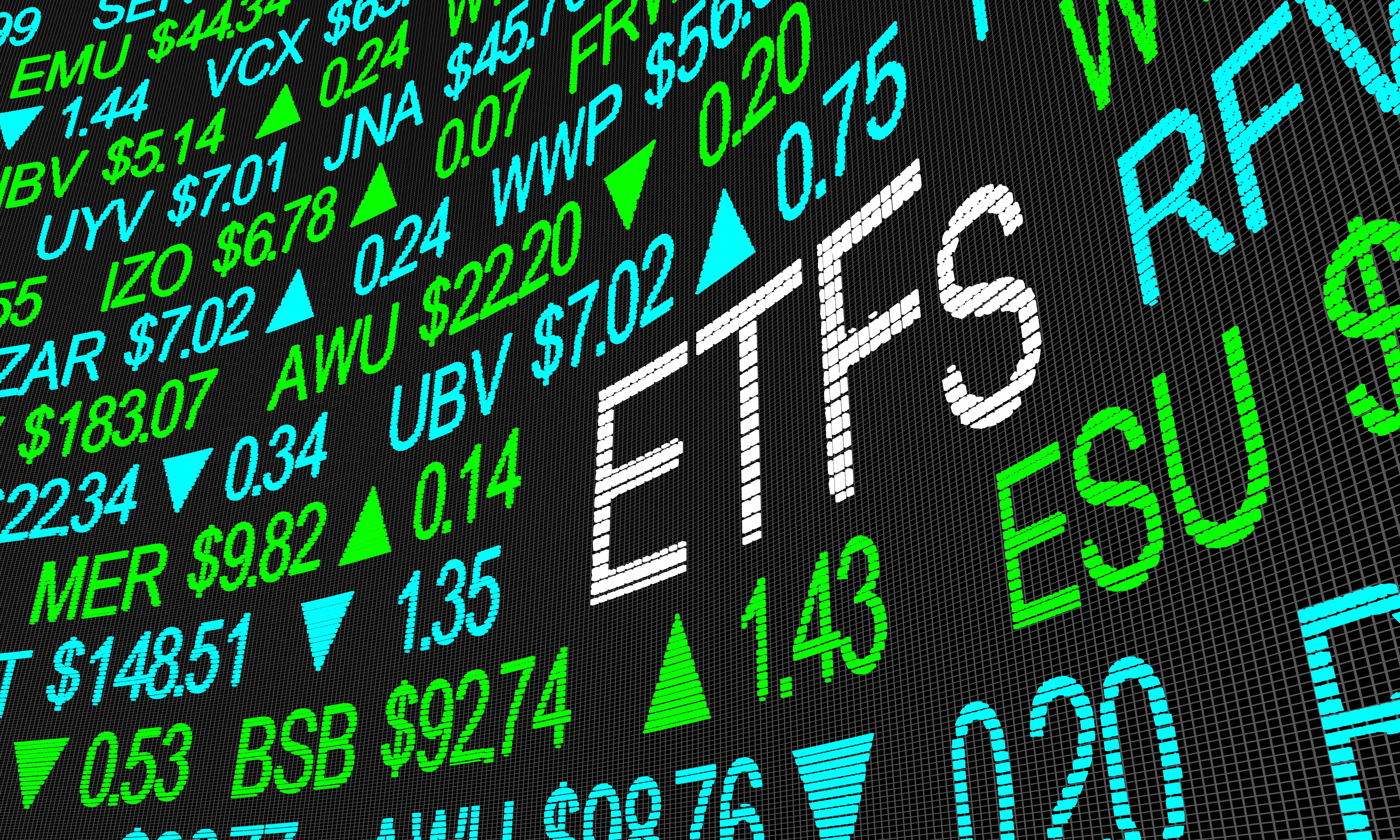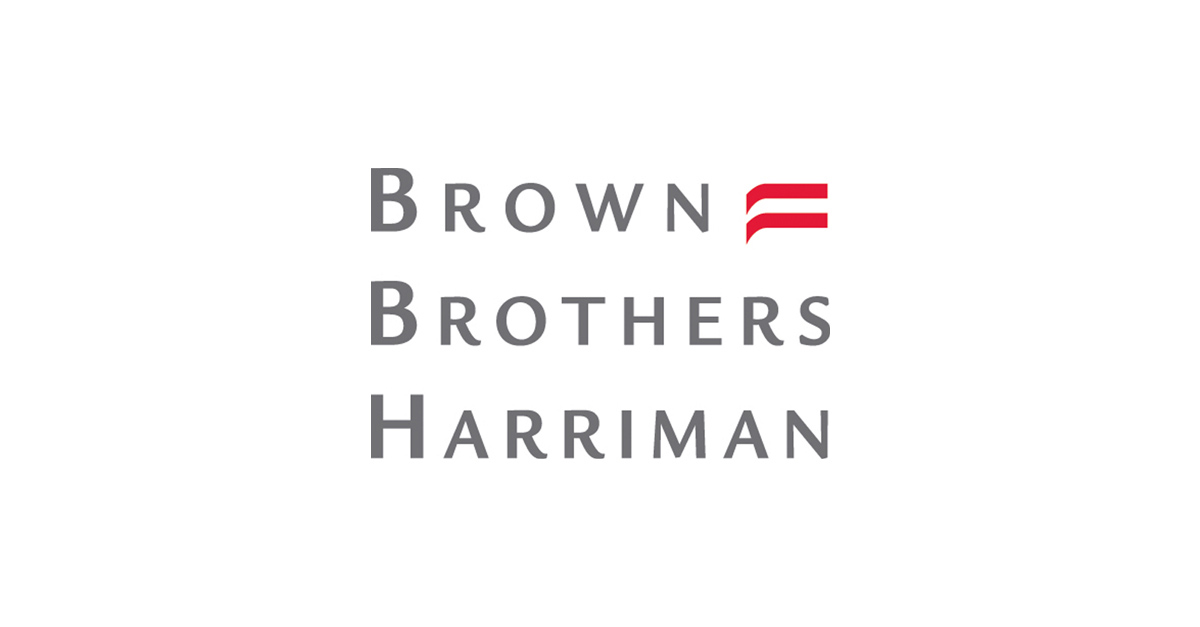Assets housed in ETFs could more than triple over the next decade as the wrapper starts to steal assets from other fund structures in exposures outside of low-cost beta, according to the latest Brown Brothers Harriman (BBH) investor survey.
The annual survey of ETF investors – now in its tenth year – said ETFs have grown 16% per year since 2013 to amass $9.2trn assets. This included $856bn global inflows last year – the second highest ever – even as mutual funds booked more than $800bn outflows.
The survey of 325 institutional, fund manager and financial adviser ETF investors found 89% planned to increase or maintain their use of ETFs in 2023.
Only 25% of European investors allocate more than a quarter of their portfolio to ETFs versus 41% of investors in the US.
Starting from this relatively low base and with 66% of investors moving capital from mutual funds to ETFs in 2022 alone, the wrapper is moving in the right direction to hit BBH’s ambitious $30trn ETF asset target for 2033.
Andrew Craswell, head of relationship management UK at BBH, told ETF Stream: “Some 10 years ago, it was all about investor education and raising awareness of the products.
“That investment has really paid off and you can see that in the sophistication and the new niches they are addressing using ETFs from fixed income, to buffers and even crypto.”
Not just low-cost beta
One niche with an increased focus in recent years has been active ETFs, with the US market leading the way. However, BBH expects this to be a global trend leading ETF asset growth in the coming decade.
Interestingly, the bank made the same prediction a decade ago but it noted a key change has occurred since 2019, with investor conversions from active mutual funds to ETFs gathering pace.
“We heard 92% of investors allocated to active ETFs over the past 12 months and 42% allocated from active mutual funds,” Craswell said. “This is interesting in terms of the decoupling from ETF and passive versus ETFs being recognised as strategy agnostic. This signifies the end of the beginning for active ETFs.”
He noted “regulatory-distribution” barriers remain in Europe regarding active innovations such as semi-transparent active but he maintained most flows would come from transparent products and conversions from mutual funds.
Europe is currently still the least enthusiastic region about active wrappers, with 32% planning to increase and 44% maintain their allocation versus 38% and 45%, respectively, in the US.
Some 29% of the continent’s investors cited trading volume as their primary concern with the active ETFs, followed by performance at 23%. By comparison, performance was the primary concern for 42% in the US.
Tax front and centre in Europe
A key change in European attitudes over the past year was in ETF selection criteria, with tax efficiency going from the third to top consideration, followed by trading spreads and index methodology.
A total of 81% of European investors identified tax as extremely or very important, with BBH noting an increased understanding of tax efficiency and leakage.
“In the US, deferred capital gains are a well-documented advantage of using ETFs,” Craswell continued. “In Europe, the tax implications when looking at ETFs include the reduced withholding tax on the dividends of US equity products domiciled in Ireland – from 30% to 15% – if certain criteria are met.
“That provides a material performance advantage for the ETF over its equivalent mutual fund in Ireland and also other ETFs in other domiciles such as Luxembourg.”
Outside of Irish withholding tax treaty advantages being highlighted within Europe by moves such as Amundi beginning to domicile ETFs in the emerald isle, Irish domiciling also gives UCITS ETFs an edge on the global stage.
Middle Eastern, Asian and Latin American investors using ’40-Act’ ETFs still have to pay 30% withholding tax at source on all dividends paid by US companies, however, through an Irish UCITS ETF, the halved tax treatment still applies, offering a unique selling point for UCITS which is receiving increasing recognition.
Europe no longer the ESG growth market?
Europe remains the main source of traction for ESG ETFs, with the products claiming 65% of all inflows in the continent last year and accounting for 19% of all European ETF money by the end of 2022.
While BBH expects this momentum to continue, it is worth noting global ESG ETF assets now stand at $403bn, up 40% annually over the past five years and booking 43 consecutive months of inflows.
The investing style’s continued growth in Europe is assured with 78% expected to maintain or increase their allocations, however, this lagged 82% and 91% in the US and China, respectively.
Last year, BBH found the Sustainable Finance Disclosure Regulation (SFDR) was European investors’ main tool for evaluating ESG ETFs, with 28% stating they rely on SFDR classifications for selecting products.
This figure rose to 35% this year despite an overhaul in the regulation’s categories and ongoing uncertainty in how to define sustainability, however, its position as the main way of evaluating ESG ETFs was usurped with 67% citing they use in-house or proprietary ESG ratings criteria.
Brand is key
A final observation is the relative importance of asset manager name for ETF investors. While the ‘ETF brand’ fell from second to seventh in importance for European investors when selecting an ETF, it is no accident 82% of the market is housed in products from just three issuers.
“The concentration of assets is with those top three issuers, however, the pie is getting bigger so it is still appealing for new entrants to the market looking to gather assets.
“A lot of the assets for those top three will be low-cost, core allocations but it is outside of this where we will entrants coming in with strong brands in active management, leveraging their existing distribution,” Craswell concluded.



